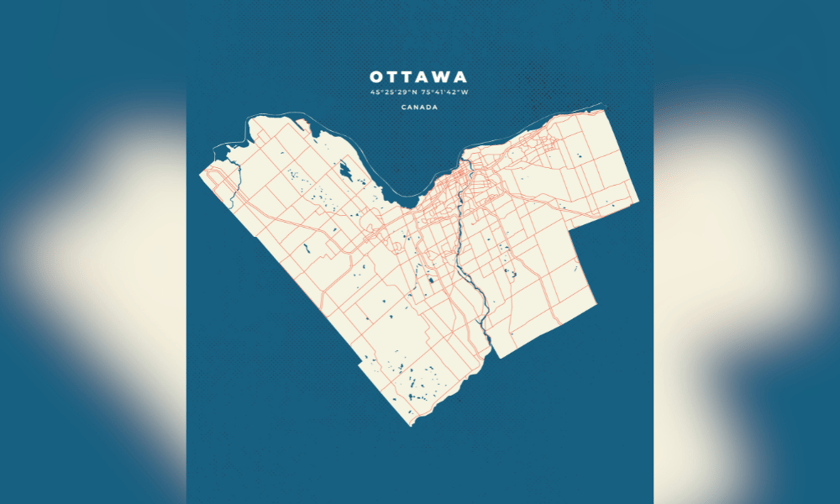

The federal government of Ottawa is revising the approach to reimbursing provinces and territories after natural disasters, with a new emphasis on funding rebuilding efforts that aim to reduce future destruction.
The updated funding program also seeks to accelerate the flow of financial support during recovery. The previous program had been criticized for the slow pace of providing assistance to affected communities. Data from The Canadian Press last year indicated that, on average, it took seven years for full assistance to be provided after a disaster, with some instances taking more than a decade.
Under the new program, Ottawa will reimburse jurisdictions for up to 90% of their rebuilding costs if the reconstruction includes measures to offer better protection in the event of another disaster. This could involve rebuilding in areas less prone to flooding, for example.
"Rebuilding a home three times over just doesn't make any sense," said Emergency Preparedness Minister Harjit Sajjan. "So relocation does matter and this allows us to provide greater support for relocation in some cases."
The federal government has been reviewing the Disaster Financial Assistance Program for several years. In 2022, Canada’s national adaptation strategy stated that recovery funds after major events like floods or wildfires should be tied to rebuilding efforts that address the region’s risk of future events.
The program, established in 1970, had paid out more than $8.5 billion for 283 disasters by 2023. Flooding accounted for nearly half of the payouts, with more than a third of the funds distributed since 2010.
Under the updated program, the federal government will cover 90% of the costs for post-disaster mitigation in high-risk areas, and 50% in lower-risk areas. The territories will receive 100% coverage for high-risk areas and 60% for non-high-risk areas. Sajjan noted that the provinces and territories had requested these changes.
The new program will also cover up to 40% of the cost of building mitigating infrastructure before a disaster strikes, instead of solely providing funds after an event.
"In the past, you can only fix what was broken," said Sajjan. "What this allows us to do is if there was an idea or project a municipality potentially might have had to prevent a future impact of a disaster from taking place, we weren't able to fund that. This (new program) allows that."
The new program also breaks funding into five categories, including emergency response, reimbursing small businesses and homeowners for uninsured costs, and recovery assistance.
Under the previous system, communities had to wait for the final tally of costs before applying for reimbursement, although Ottawa had made advance payments more frequently in recent years.
An advisory panel established by Ottawa in 2022 to guide a national plan for climate change adaptation recommended a timeline of one year or less to ensure communities affected by disasters are quickly made whole. Sajjan mentioned that advance payments had previously taken up to two years to start. The revised program aims to reduce the wait time to three months.
The new program will take effect on April 1. Sajjan also indicated that the government plans to move forward soon with a national flood insurance program. Ottawa allocated $15 million for this initiative in last year’s budget.
